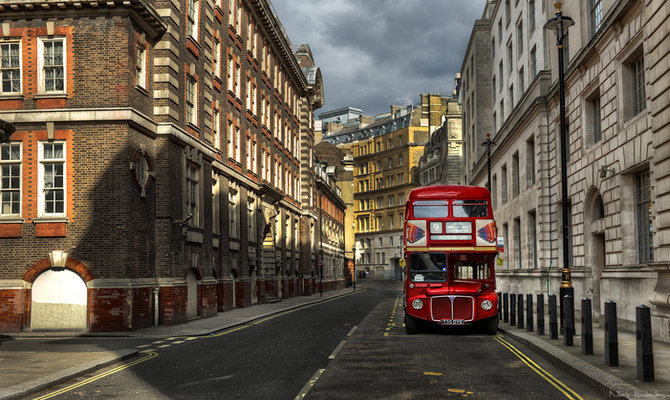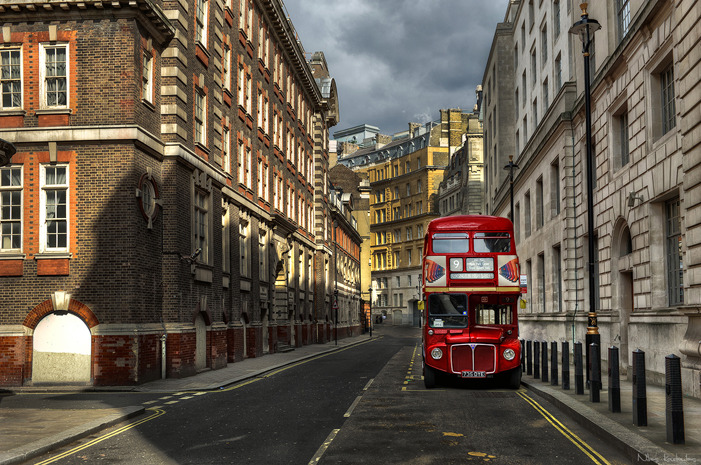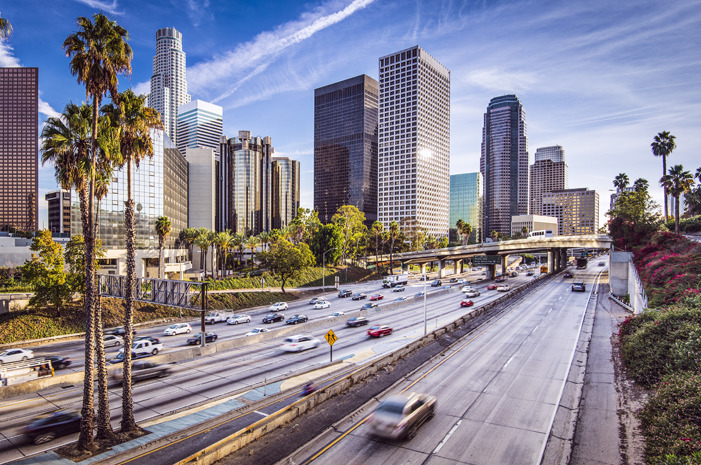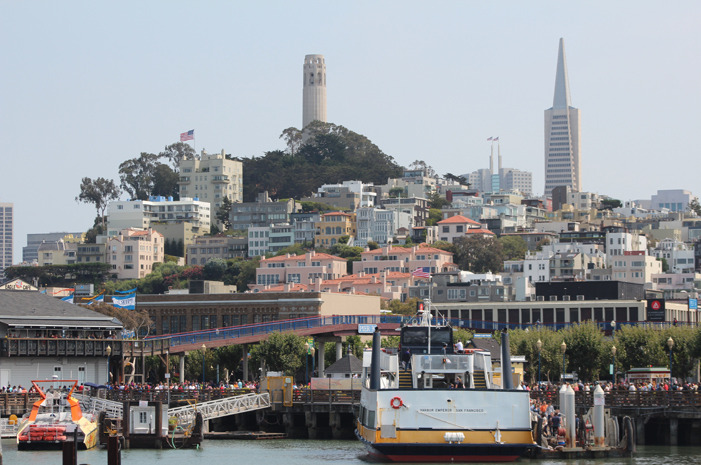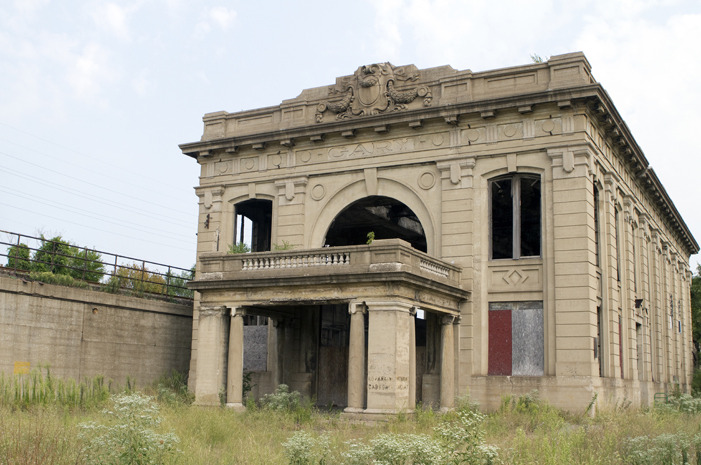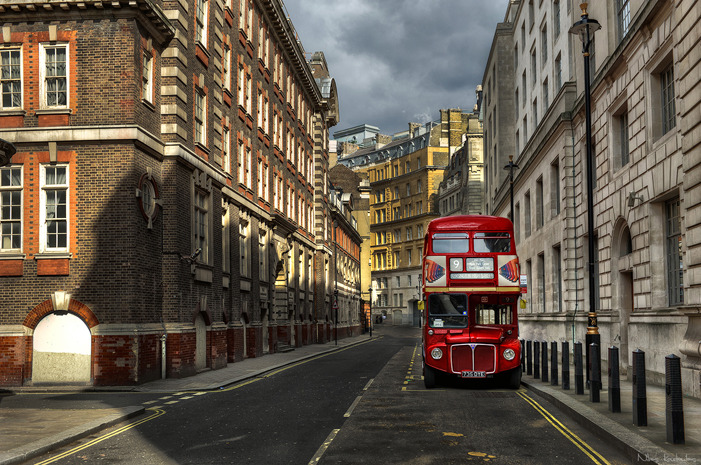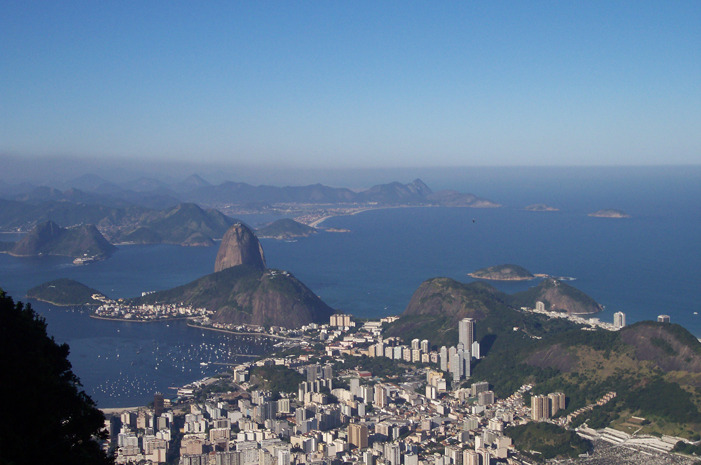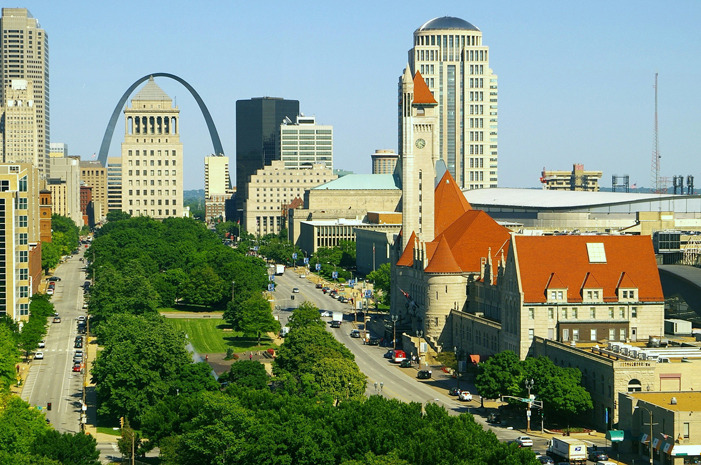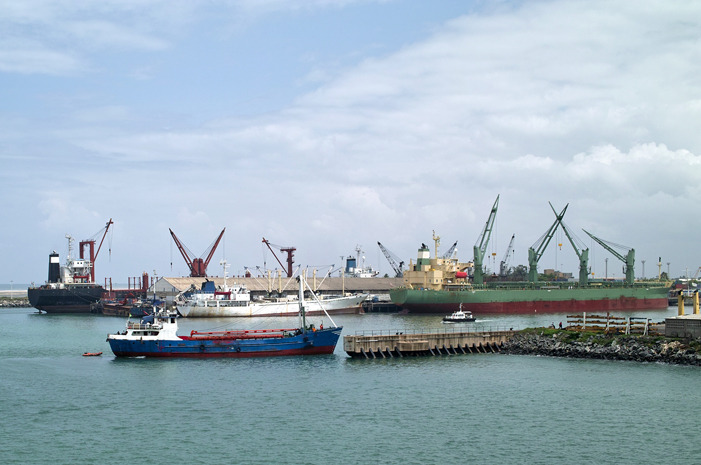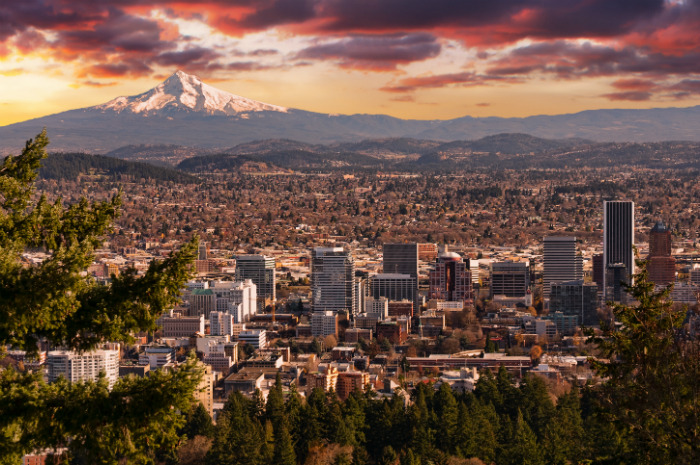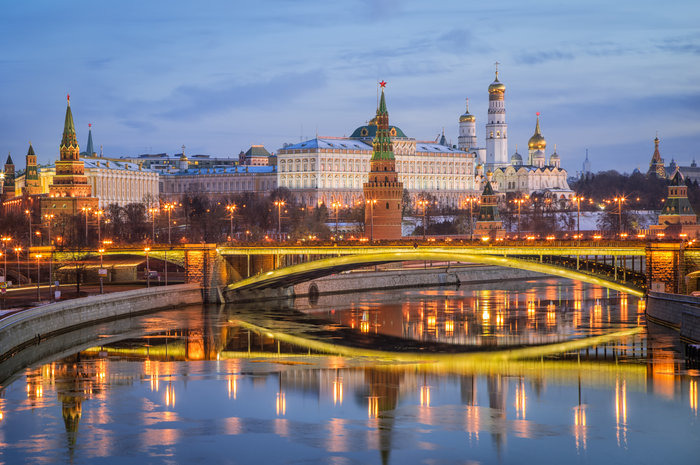These Cities Will Look Shockingly Different In 10 (15, 20) Years
These Cities Will Look Shockingly Different in 10 (15, 20) Years
Sea levels are rising, climate change is in full effect and natural disasters are occurring every year. What cities will survive? As of right now, the answer to that is unknown.
However, after extensive research, we have compiled a list of cities that will definitely look different in years to come.
Dramatic changes will occur; some cities may suffer from global warming, while others may encounter changes due to population. Society is changing every day; people are coming and going for a number or reasons. City infrastructure is also changing, cities are flooding; you may not see right away but overtime you will notice it.
Imagine swimming to work? You may actually be able to do that in London in 20 years. How about walking on an elevated highway? Yep, you may be able to do that too!
Los Angeles
Many view Los Angeles as an over populated, highly polluted city. But the people of Los Angeles city have started making some positive changes. They are adding parks, historic architecture and new entertainment. For instance, LA's Sixth Street Bridge was at the risk of falling in 2014. According to sixthstreetviaduct.org, "the $449 million project to replace the beloved bridge, the Sixth Street Viaduct Replacement Project, is the largest bridge project in the history of Los Angeles. With funding from the Federal Highway Transportation Administration and CALTrans, the project is being led by the City's award-winning Bureau of Engineering." Therefore, plans have been made to replace it and even add space under the bridge for film screenings and restaurants.
San Francisco
San Francisco is in panic due to its rising waters. "But according to a new report published by the San Francisco Public Press, many of these construction projects sit on land susceptible to rising waters due to climate change. And regulators and local governments are not doing much to prepare (motherjones.com). The Public Press also mentions that there are approximately 27 major commercial and residential developments that may be affected by the flooding.
Gary, Indiana
The population of Gary, a charming town in Indiana, is 78,450, according to City-Data. Between 2010 and 2014 alone, it has lost 3 percent of its residents. The number of locals was at its peak in 1960 when 178,320 people lived there. It was a former company town for U.S. Steel, largest manufacturing plant, a declining industry. People are looking for new jobs elsewhere as the median household income is just over $26,000 compared to $47,000 in the state. At this rate, Gary will look almost like a ghost town in a few years, maybe like these abandoned places around the world. Officials have even sold houses for $1 to try and get people to stay.
London
If unchecked, global warming, which is a huge threat to America's national parks, will devastate London in many ways. The city will flood, eventually turning into a wasted infertile land. But that will take many years to occur. In the more near future, London will have a lot more skyscrapers, most likely driverless trains, and possibly new ways to get to work. One of them is swimming. One proposed addition to London's commuter options is a cleaned and filtered channel in the Regent's Canal. Also, some architects have come up with SkyCycle, a plan for elevated and traffic-free highways crossing above the trains.
Rio
Climate change is major a concern for this city. Rio undergoing flooding, intense heat waves and extreme weather. According to Global Climate Change, "scientists have high confidence that global temperatures will continue to rise for decades to come, largely due to greenhouse gases produced by human activities." That being said, Rio may be in extreme danger and overtime we will begin to see further changes within the city.
St. Louis
According to Demographia, a consultancy, which ranked cities with declining population based on annual loss rate, St. Louis, a major city in Missouri along the Mississippi River, is in big trouble. It's looking more and more like a vacant town. Its peak year in terms of population was 1950 with 857,000 residents. It has lost almost 60 percent of them. The annual rate loss is 1.786 percent. Bethlehem Lutheran Church in the Hyde Park area, built in 1895, has been abandoned for so long; you can see nature reclaiming it.
Lome, Togo
Lome, Togo is located in West Africa; they have been undergoing a serious sanitation and health risk. Many residents are suffering from water-borne infectious diseases because they are living without access to clean water, and the water they are drinking is coming from polluted areas. Ongoing issues with waste management have also been contributing to serious health hazards. Therefore, we will begin to see changes in the the environment and people living in Togo.
Portland, Oregon
Research by Governing Magazine shows that Portland has experienced more gentrification than any other city in the U.S. – 58.1 percent of eligible tracts are gentrifying. Northeast Portland is has some of the oldest neighborhoods in the city. It is now a hotspot for young professionals. Many people, especially young people from neighboring cities and states, move to Portland, changing the urban planning of the city (see the most walkable cities in the U.S.). There are more bars, restaurants and other small businesses geared toward the young.
The Great Barrier Reef
The Great Barrier Reef, which has some of the most mind-blowing colors on the planet, is Australia's natural wonder. It is larger than the Great Wall of China and the only living thing on earth visible from space. The lavishness of the reef's marine life is being hurt by climate change, according to the WorldWildlife.org. Sediment, nutrient and pesticide pollution have increased, encouraging algal blooms. Urban and industrial developments continue; illegal fishing is hurting the ecosystem; and ocean acidification and rising sea temperature are having a negative impact as well.
Moscow, Russia
Natural disasters have been a recent occurrence in Russia. Moscow weather ranges from humid, to warm, hot, and cold winters. Along with the dramatic climate changes, individuals are fleeing Moscow for other reasons. Some of these include, low wages and strict new permits (theguardian.com). That being said, we may notice the population of Moscow decreasing over time, as well as environmental changes.
